Evolution of antibody immunity to SARS-CoV-2
- PMID: 33461210
- PMCID: PMC8221082
- DOI: 10.1038/s41586-021-03207-w
Evolution of antibody immunity to SARS-CoV-2
Abstract
Severe acute respiratory syndrome coronavirus 2 (SARS-CoV-2) has infected 78 million individuals and is responsible for over 1.7 million deaths to date. Infection is associated with the development of variable levels of antibodies with neutralizing activity, which can protect against infection in animal models1,2. Antibody levels decrease with time, but, to our knowledge, the nature and quality of the memory B cells that would be required to produce antibodies upon reinfection has not been examined. Here we report on the humoral memory response in a cohort of 87 individuals assessed at 1.3 and 6.2 months after infection with SARS-CoV-2. We find that titres of IgM and IgG antibodies against the receptor-binding domain (RBD) of the spike protein of SARS-CoV-2 decrease significantly over this time period, with IgA being less affected. Concurrently, neutralizing activity in plasma decreases by fivefold in pseudotype virus assays. By contrast, the number of RBD-specific memory B cells remains unchanged at 6.2 months after infection. Memory B cells display clonal turnover after 6.2 months, and the antibodies that they express have greater somatic hypermutation, resistance to RBD mutations and increased potency, indicative of continued evolution of the humoral response. Immunofluorescence and PCR analyses of intestinal biopsies obtained from asymptomatic individuals at 4 months after the onset of coronavirus disease 2019 (COVID-19) revealed the persistence of SARS-CoV-2 nucleic acids and immunoreactivity in the small bowel of 7 out of 14 individuals. We conclude that the memory B cell response to SARS-CoV-2 evolves between 1.3 and 6.2 months after infection in a manner that is consistent with antigen persistence.
Conflict of interest statement
Figures


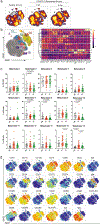
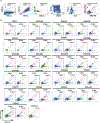
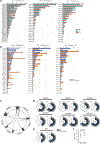
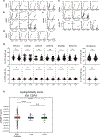
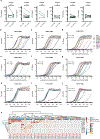
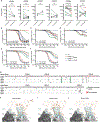
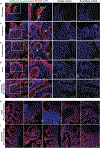
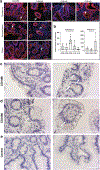





Update of
-
Evolution of Antibody Immunity to SARS-CoV-2.bioRxiv [Preprint]. 2021 Jan 4:2020.11.03.367391. doi: 10.1101/2020.11.03.367391. bioRxiv. 2021. Update in: Nature. 2021 Mar;591(7851):639-644. doi: 10.1038/s41586-021-03207-w. PMID: 33173867 Free PMC article. Updated. Preprint.
Comment in
-
Distinct durability of IgM/IgG antibody responses in COVID-19 patients with differing severity.Sci China Life Sci. 2022 Jan;65(1):223-226. doi: 10.1007/s11427-020-1947-y. Epub 2021 Jun 2. Sci China Life Sci. 2022. PMID: 34086155 Free PMC article. No abstract available.
-
Coronavirus 'ghosts' found lingering in the gut.Nature. 2022 May;605(7910):408-409. doi: 10.1038/d41586-022-01280-3. Nature. 2022. PMID: 35546630 No abstract available.
References
Publication types
MeSH terms
Substances
Grants and funding
- R01 AI078788/AI/NIAID NIH HHS/United States
- P01 AI138938/AI/NIAID NIH HHS/United States
- R01 CA234614/CA/NCI NIH HHS/United States
- R01 DK120035/DK/NIDDK NIH HHS/United States
- R03 DK117252/DK/NIDDK NIH HHS/United States
- R37 AI064003/AI/NIAID NIH HHS/United States
- P50 AI150464/AI/NIAID NIH HHS/United States
- R01 AI107301/AI/NIAID NIH HHS/United States
- WT_/Wellcome Trust/United Kingdom
- R01 DK123749/DK/NIDDK NIH HHS/United States
- HHMI/Howard Hughes Medical Institute/United States
- UL1 TR001866/TR/NCATS NIH HHS/United States
- R01 DK121072/DK/NIDDK NIH HHS/United States
- U19 AI111825/AI/NIAID NIH HHS/United States
LinkOut - more resources
Full Text Sources
Other Literature Sources
Medical
Miscellaneous

